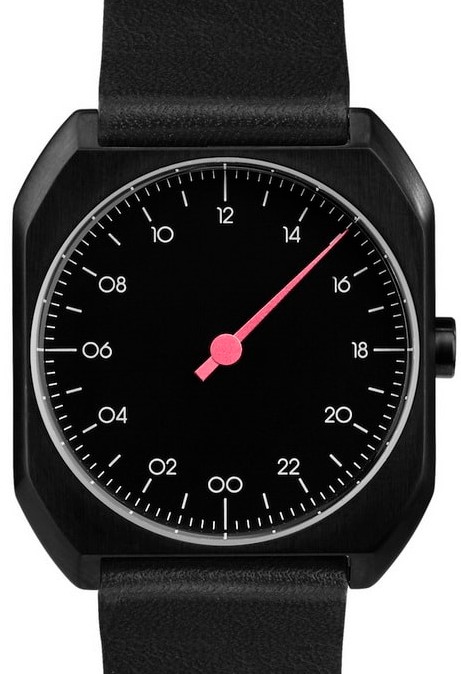The One-Hand Watch
In 1510, Peter Henlein, from Nuremburg, Germany, created the world’s first pocket watch. An astonishing achievement, he made advancements in mainsprings and created a smaller watch design that was previously not possible. The pocket watch, and his design, had a very practical purpose – to tell time. It wasn’t until the late 19th century that women began wearing watches on their wrists, using them as fashion accessories in addition to timekeeping devices.
At the same time, men still considered wristwatches to be inferior to pocket watches, claiming that they were prone to damage and rust and that the mechanics of the watch were too small to keep accurate time. As the 19th century marched on, watches became much less expensive to produce, and therefore own. Thanks to WWI, as the value of coordinated military maneuvers became apparent, their popularity increased. Men accepted the wristwatch, on their person, as careful timing was a matter of life and death, and it became more important for every soldier to have a watch that they could read quickly and easily.
Let’s face it, change, of any kind, is not popular. After all, when you’ve been doing something, literally anything, a particular way for some time, the belief is, it must be a good way to do things. And many believe, the longer you’ve been doing it that way, the better it is, and the more difficult it is to think differently.
In 1986, a fresh, minimalist approach to watches began when Klaus Botta, a German engineer, challenged the traditional watch industry by developing the world’s first one-hand watch. Under the BOTTA brand, their one-hand analog watch, called the UNO, removed everything unnecessary and concentrated on the important things while helping their customers find a way back to a more relaxed approach to time.
Most analog watches we wear today have 2 or 3 hands which indicate the hours, the minutes, and the seconds. A one-hand analog watch has 1 hand. After all, do you really need such exact times as 12:18 or 8:42 in your everyday life? Wouldn’t ‘just after noon or almost a quarter to 4’ be entirely sufficient? Watches with one hand are not designed for people seeking exact precision. Quite the opposite, actually. One-handed watches are specifically designed to be minimal and remove the clutter, of extra hands, and the related thought process associated.
This minimalism way of thinking, popular today, began to take shape and even more so as technology is advancing. The concept was intentional.
– Decluttering your life helps to declutter your mind and create a calming effect.
– Living with less frees up your time to do other things.
– Living with less stress is healthier overall.
– Balance, as with everything in life, creates happiness.
This ‘Zen-like’ philosophy, is as diverse as its practitioners, but common features include an emphasis on simplicity.

Slow Mo 11 Watch
Today, the clean looking, minimalist, one-hand design is found in numerous brands around the world. Brands like Luch from Minsk, Belarus, Slow from Hamburg, Germany, MeisterSinger from Münster, Germany, luxury brands Jaquet Droz and Reservoir both from La Chaux-de-Fonds, Switzerland. One-hand watches are available in either 12-hour or 24-hour dials with both quartz or mechanical movement options.
How do you read a 12 hour one-hand watch dial? The 12-hour dial is divided by 144 markers. Each marker represents 5 minutes. The markers at 15 minute intervals are typically bolded to help read the dial.
How do you read a 24 hour one-hand watch dial? The one-hand imitates the earth itself and achieves one full rotation, on the dial, every 24 hours. At noon, the one-hand will be at the top of the dial. At midnight, the one-hand will be at the bottom of the dial.
The one-hand watch movement has evolved and, today, run from hundreds of dollars to several thousands depending on the brand, however, they all trace their roots back to the ancient sundials – the original minimalist design.

